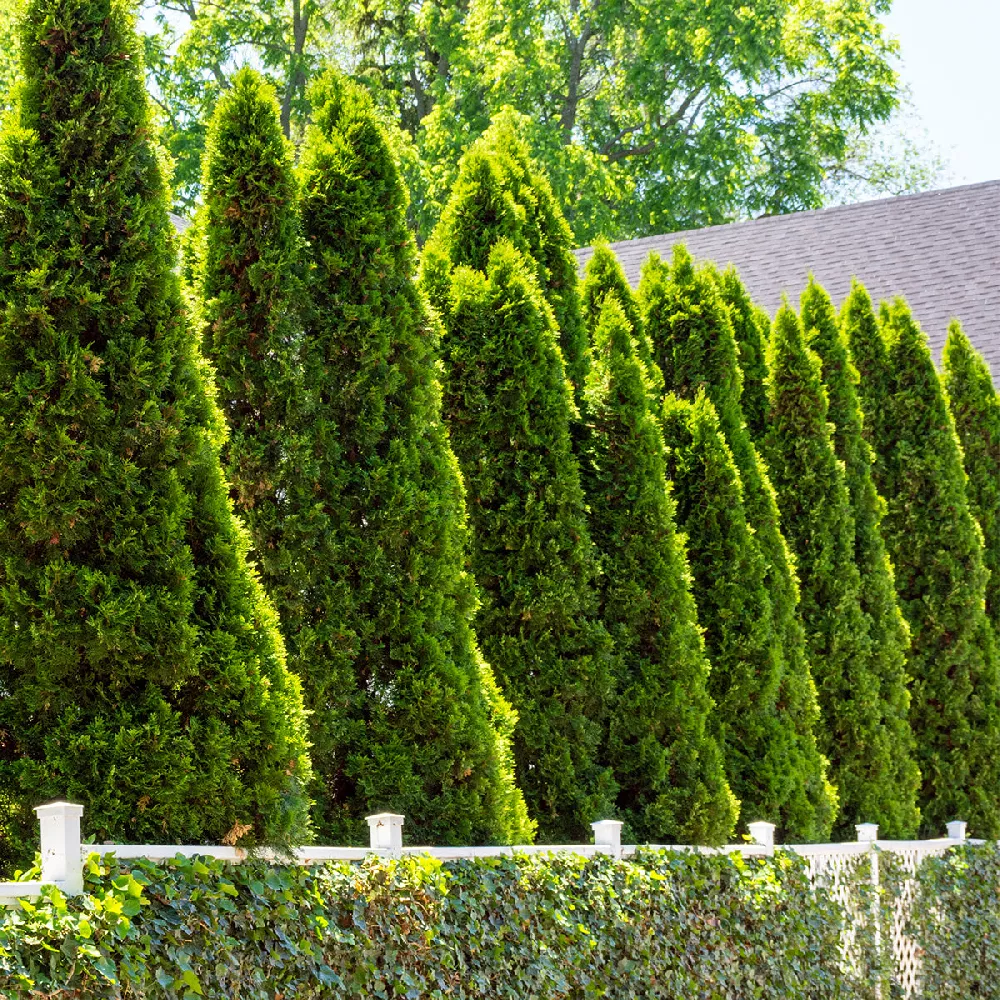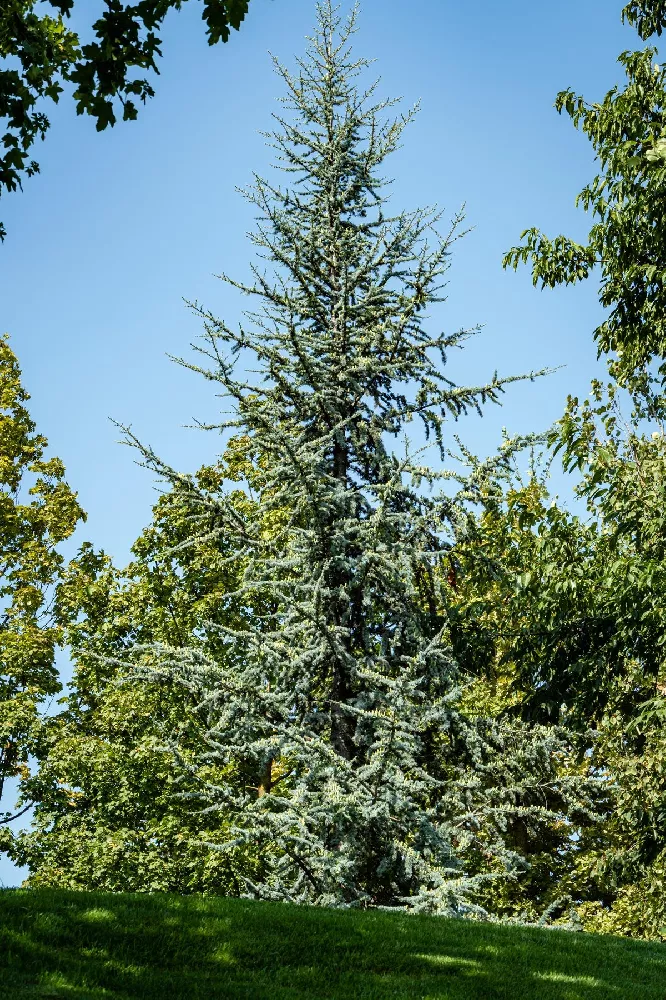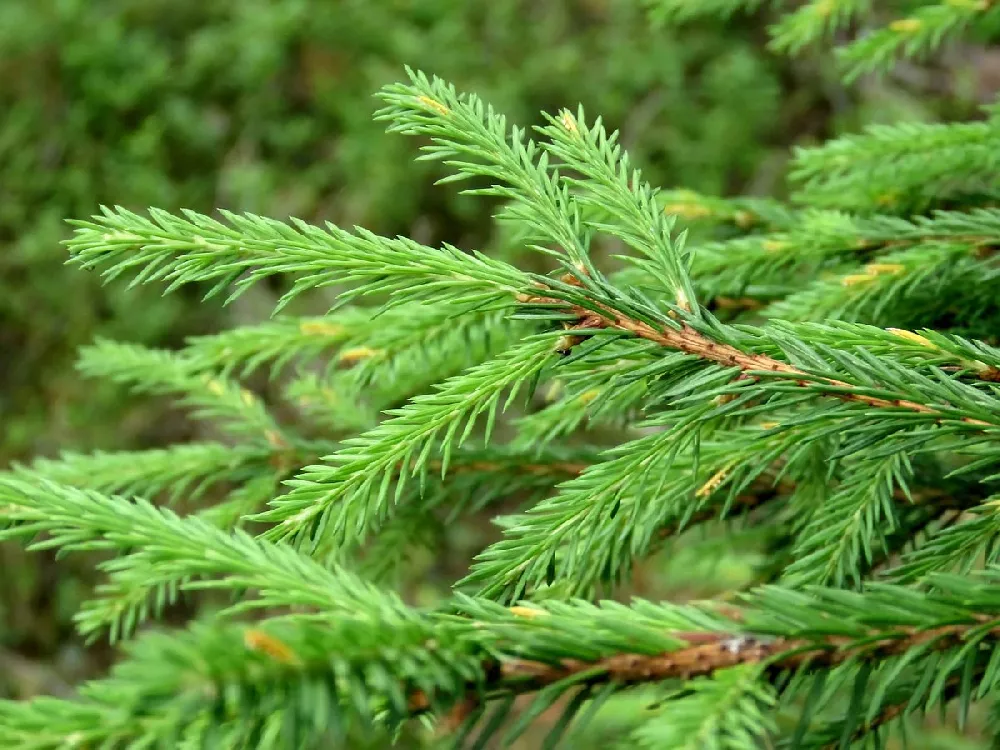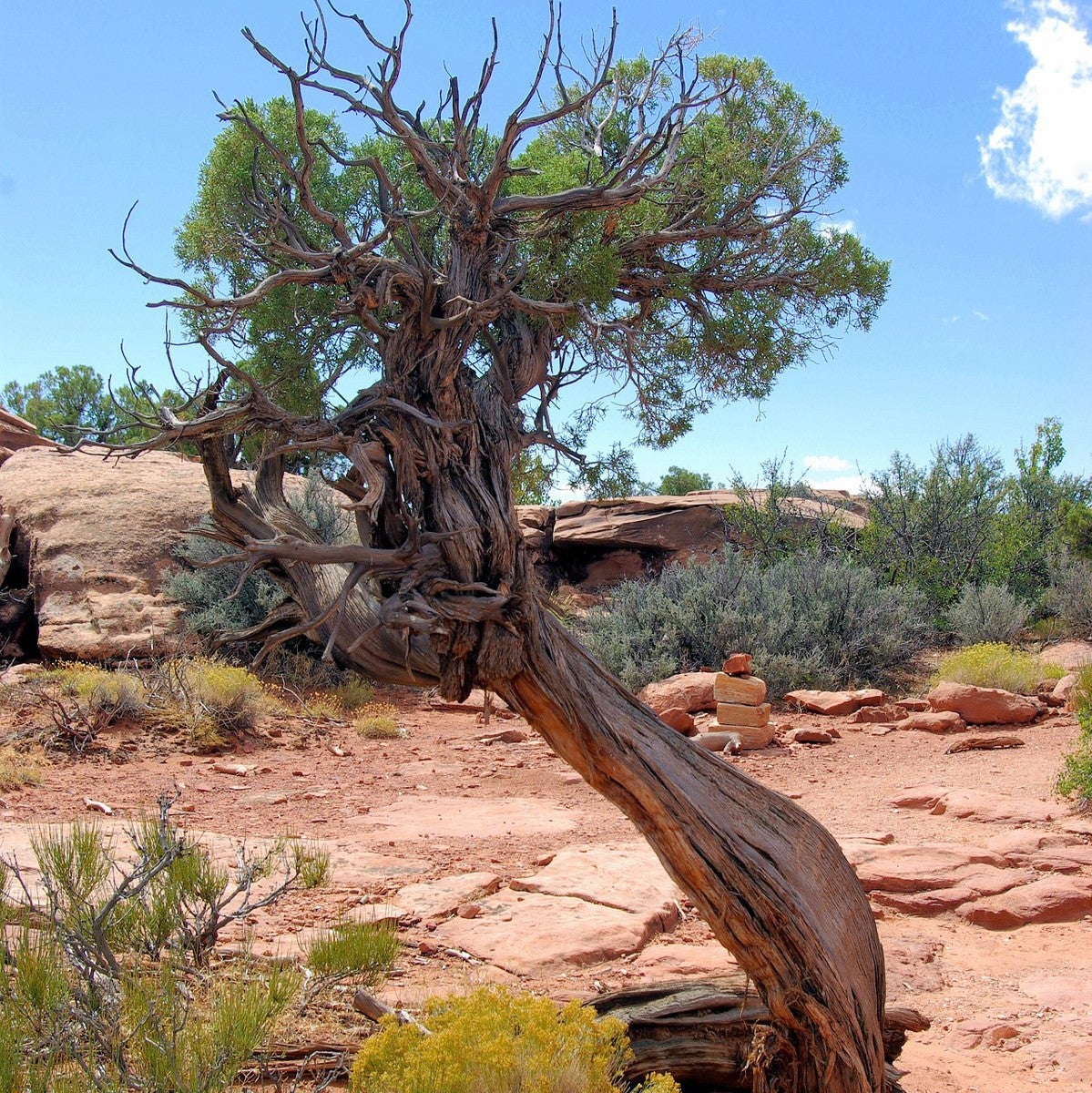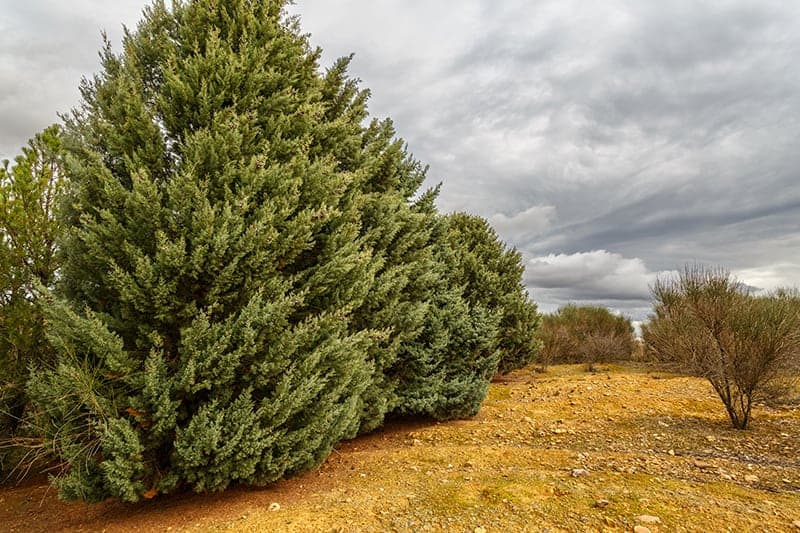- Home >
- Cedar Trees
Cedar Trees for Sale
Filters
Price Range
Growing Zones
Plant Type
Sunlight
Mature Height
Plant Characteristics
9 Results
-
Growing Zone(s): 3-9$39.95
$43.95Save up to 9% -
Growing Zone(s): 7-9$91.95
$139.95Save up to 34% -
Best SellerGrowing Zone(s): 3-8$16.95
$37.95Save up to 55% -
Growing Zone(s): 3-9$79.95
$89.95Save up to 11% -
Sold OutGrowing Zone(s): 6-8$124.95
-
Sold OutGrowing Zone(s): 6-9$62.95
-
Sold OutGrowing Zone(s): 5-9$24.95
-
Sold OutGrowing Zone(s): 4-9$36.95
-
Sold OutGrowing Zone(s): 6-9$94.95
Cedar Trees Buying & Growing Guide
Native to the western Himalayas and Mediterranean highlands, cedar trees have a craggy attitude that reminds one of their mountain homelands. They are an excellent choice to anchor a large rock garden or xeriscaped plot, and they make excellent windbreaks because they grow fast and fill in open space nicely.
How to Grow Cedar Trees
How to plant cedar trees
Cedars are large trees, so plant them in full sun at least ten feet apart. If you want your cedars to become a windbreak, space them five feet apart. To plant your cedar, dig a hole twice as large as the size of the root ball and throw some compost in before planting. When you unpot the tree, tease out the root ball so that there are no circling roots. If there are, prune them off. Place your tree in the hole and backfill (cover with the dirt you removed in digging the hole) with native soil. It’s a good idea to stake the tree for the first year or so. To do this, place a two-foot stake next to your tree and attach it to the seedling with twine. For the first month after planting, water the seedling(s) deeply every other day. After they have acclimated, rainwater will be sufficient for their watering needs. In periods of drought, water them every other week. Mulch the area around the tree to preserve moisture, but don’t let the mulch touch the trunk.
How to achieve maximum results
Since some cedars can grow as high as 60 feet and as wide as 35 feet, they may not be a great choice if you have a small yard. Planting trees of a larger variety too close together can result in stunted growth as they mature, so careful spacing can play a big role in the tree’s success.
How to Care for Cedar Trees
Watering and nutrients
Once your cedar seedlings have acclimated themselves to your site in a few months, they should only need supplemental watering when you feed them or if there is no rainfall for an extended period of time. Watering can taper off during winter months. Fertilize your cedar in the spring or fall with a high-nitrogen fertilizer to encourage growth. Even without fertilizer, your cedar should grow well if your soil is rich and friable (a loose and crumbly texture).
Pollination
Cedar trees produce cones, which are pollinated by wind. Cedars are monoecious, meaning a single tree may have both male and female cones. The female cone produces seeds after pollination, which occurs in the fall. This may take two to three years, during which the female cones stay on the tree while the male cones drop off. Seeds disperse once they are brown and ripe, and either fall to the ground or are blown by the wind.
Pruning
Pruning a cedar is simple. When the tree is young, prune lightly to shape it as you wish, and to remove dead or crossed branches when they occur. Usually, cedar owners leave the branches close to the ground intact, but these could be pruned off if you prefer a more open silhouette. A mature cedar needs only dead or diseased branches trimmed off, rather than regular pruning.
Pests, diseases, and animals
Cedar trees are fairly robust with few problems. Insect pests may include the cypress tip moth, mites, and the root weevil. Symptoms of insect infestation include yellow foliage or white cocoons visible in the branches. Use an insecticide to treat infestations. Cedar apple rust afflicts both cedars and apples. Avoid planting your cedars near apple trees or other trees in the apple family, such as hawthorne. Cedars may also be prone to galls, which is an abnormal swelling on the bark or leaves of the tree. Rodents can feed on the bark of the cedar, especially in winter. Wrap your tree trunk in burlap if you see signs of gnawing on the lower trunk.


